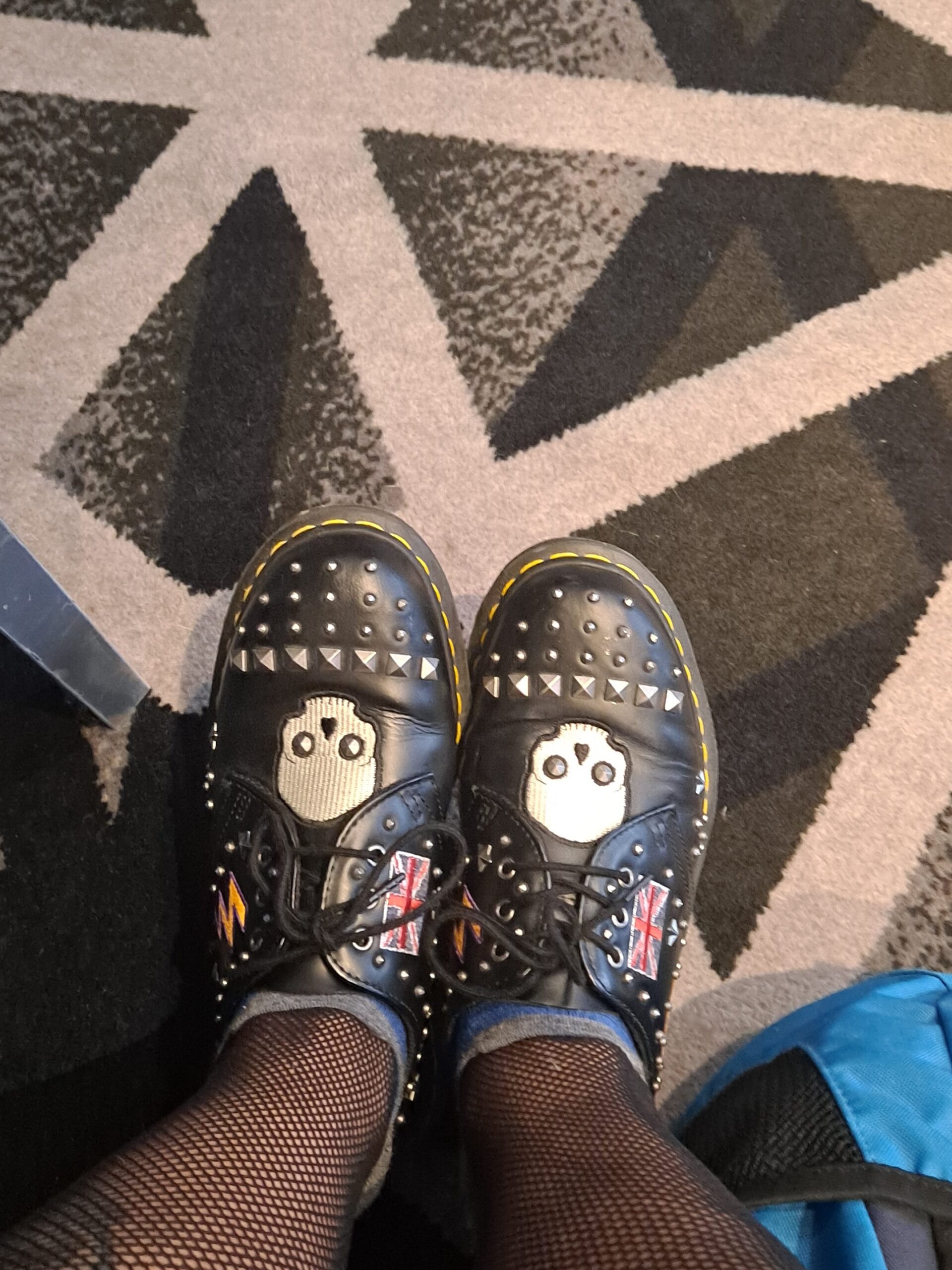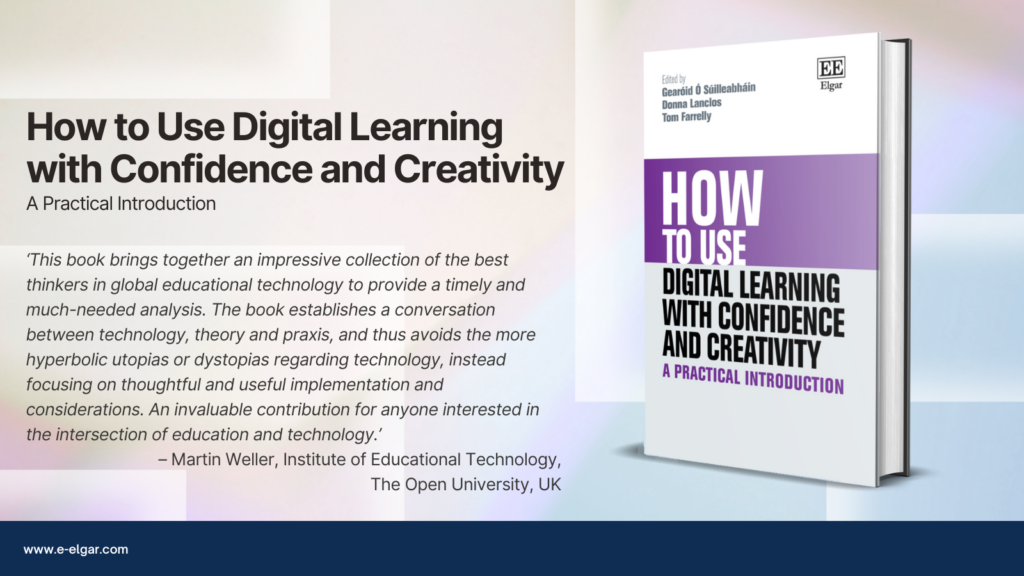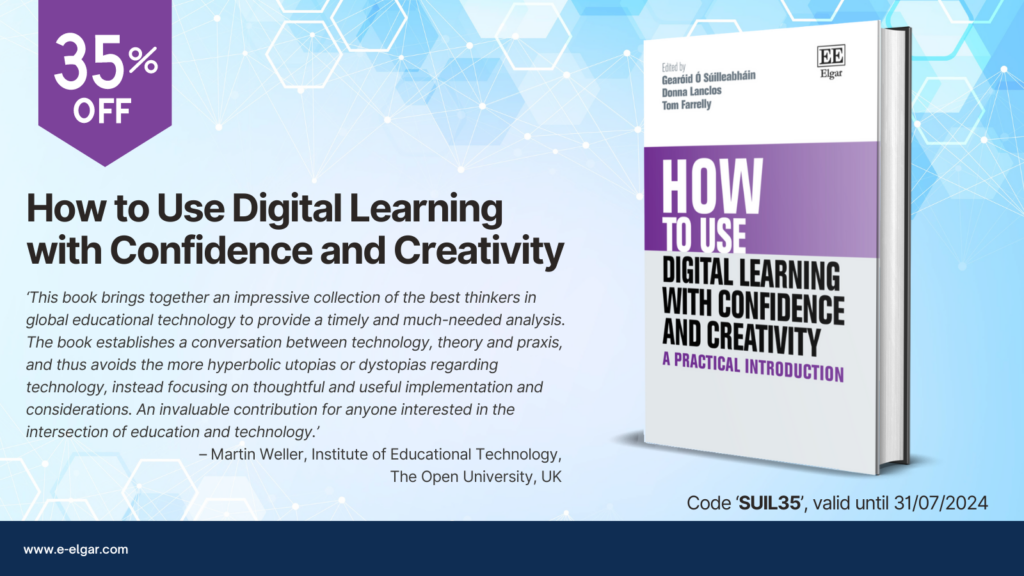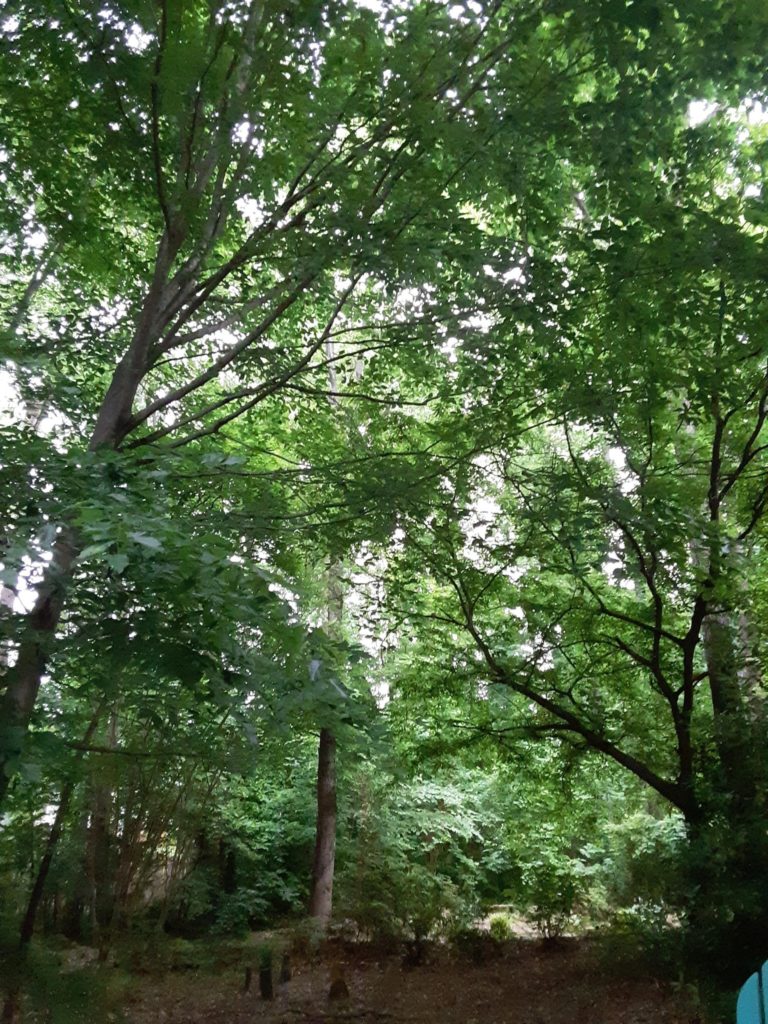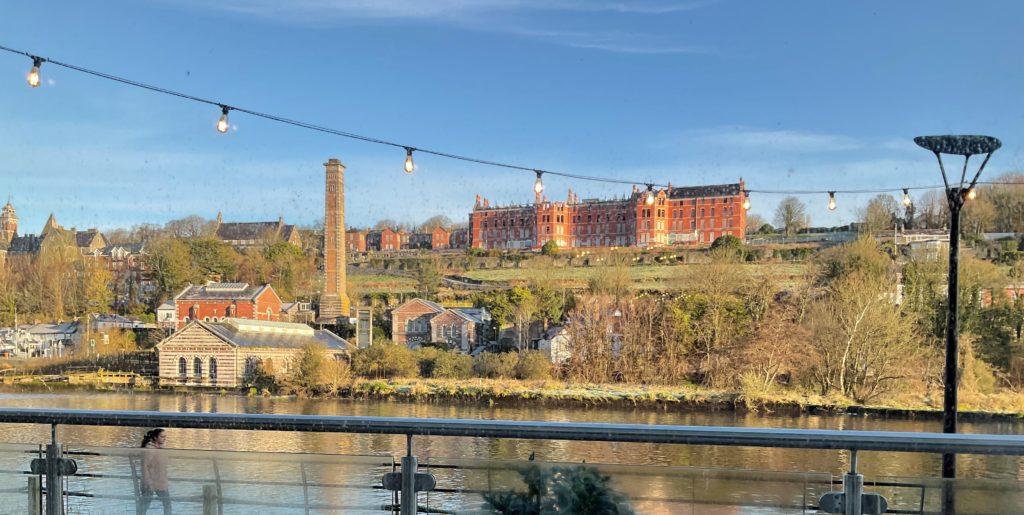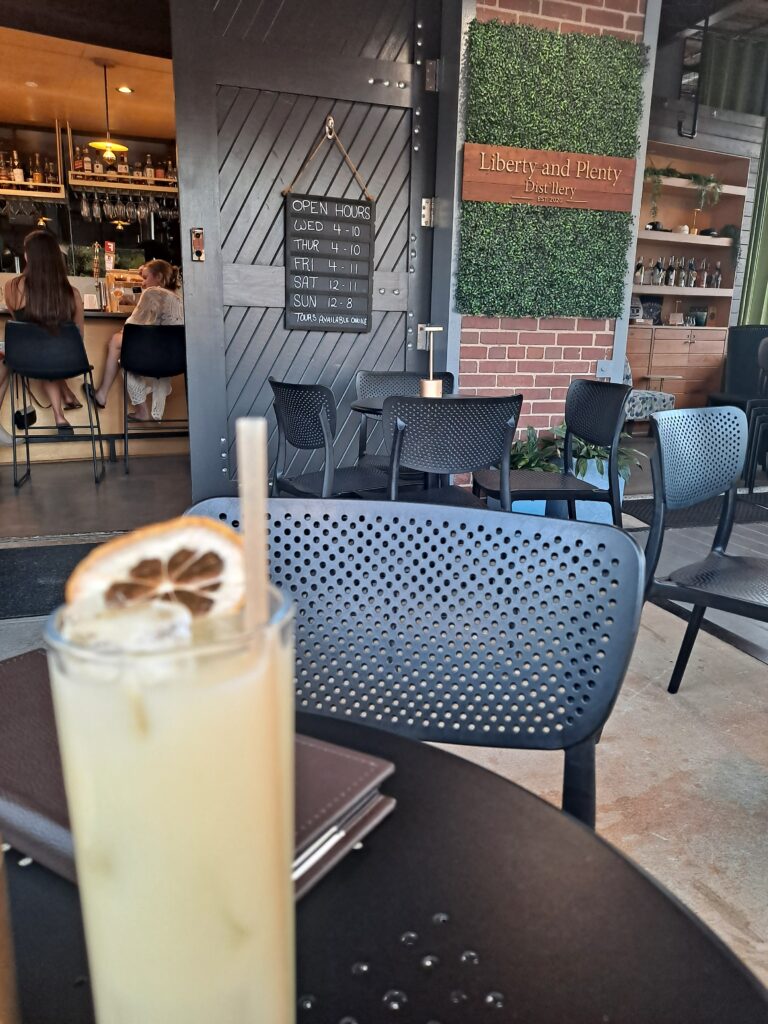
At the beginning of October 2024 (forever ago, only last month, just after the devastation of hurricane Helene, and not long before the devastation of the US election results) a marvelous group came together for one last meeting under the TriangleSCI banner, to talk about what had come before, and to (briefly) dream about what might come next. Many thanks to Paolo Mangiafico for his tremendous work across the entire lifetime of TriangleSCI, as funded by the Mellon Foundation.
I’ve blogged about conversations I’ve participated in about publishing in the past. It was good to shake myself up a bit and revisit those conversations, and try to think in new ways about what might be possible with the people in the room.
What follows is my attempt to capture our Day 2 conversation about community based publishing infrastructure. I am not going to call out specific names of the people who were in this conversation (if you were there, hello! I’m so glad we had this conversation), rather, this is me summarizing the arc of our discussion, and the questions that came to us from the rest of the TriangleSCI participants as they helped us think things through further. In the group were people who work in libraries, University presses, society publishing, and other corners of schol comm, as well as digital humanities scholars, and social scientists (myself included).
I don’t end with a wrap-up thought–this is what happened in the room. I think there’s much that can emerge from conversations like this, and wanted to capture the content so that it’s possible to refer to down the line.
We began with our statement:
The role of university presses and university libraries in an increasingly commercial publishing and research landscape should be to build (or amplify existing) sustainable community based infrastructure, and sustain support for scholars within that infrastructure.
In our conversations the previous day, there was a lot of focus on the values that inspire our actions, and our trying to plan for new or different models.
So we came up with a list of values we are trying to promote, and act from:
- Sustainability
- Accessibility
- Inclusiveness
- Soundness
- Openness
- Transparency
- Breadth
- Trust
We want Universities to put their money where their mouth is and actually support publishing. We are concerned (have been concerned) about the impact of private publishing companies on scholarly communication
Of course there are challenges. We thought through some of them:
- Cultural Changes involved in changing from publishing as commercial vs part of the university/knowledge production, etc
- Relationship building where the connections have atrophied or been blocked (eg between UP and Libraries)
- Administrative understanding/valuing of the work
- Capturing/Developing a funding stream
- Recognizing and compensating human labor
- Lack of clarity about budgets of libraries, academic societies
- Lack of clarity around vocabulary, eg in terms of “Open” or “Digital”–people need to be clear about what they mean, so that we can have meaningful conversations
In addition to identifying challenges, there were other things to consider, such as:
- How is scholarly publishing funded now? What does it look like from libraries? From societies?
- How can scholarly societies or other scholar-led initiatives regain control and sustainably support publishing models that align better with our values
- Think with the current work at UNC, also University of California, Big Ten Alliance (Michigan)
- Ref–Diamond Open Access conference in Toluca where testimonials about setting up journals were given
- Michigan accepts outside requests—they support from outside of Michigan for a slightly higher fee
- A collective/consortial model–could be set up with a region in mind but anyone could use it
- Maybe also think with the Canadian model: grant funded publishing for journals within a national infrastructure
- What about a business model proposition: universities take money currently spending on commercial contracts to spend on Capacity Centers (only takes a small fraction.. APC charge for one article can fund a whole journal for a year)
- If we built Capacity Centers (regional centers) for Diamond OA–where would they live? What about the University Presses? Are they already Capacity Centers? What about Libraries? Are they already Capacity Centers?
- Think about: staff support, in all cases
- There are Universities that have both Library publishing and University Presses–not all UPs have journal publishing, and not all UP journal publishing is OA. AND sometimes the relationship between UPs and Libraries are not historically great. That could change 🙂
- Need attention to: politics, org structure, historical attention to specific content, etc
- Another challenge: Provosts who think of UPs as “businesses that lose money.” How do we frame UPs as services that need to be funded? (it’s a challenge for Libraries too!)
- This is a political problem too, the lack of funding for infrastructure (budgets are value statements!)
- Think about: in societies, journals fund the other stuff that happens (e.g. conferences)–especially in smaller journals/societies. What about larger societies? (this is definitely not a situation where monolithic solutions are gonna fly)
- Can we weaponize leadership’s competitive instincts to favor UPs and Libraries, or specifically, to pay for the things that societies are now using their journals to cross-subsidize? (could we use a dashboard? Name and shame? Trash talk?)
- We need leadership on this from the top, recognition of the value of this infrastructure (and work)
- We also need to consider the current lack of capacity of academics to do publishing labor–currently it’s very low (witness lack of peer review now!) it makes perfect sense that they are not participating in society meetings, etc. Everything is stripped bare.
- How to address the evaluation/recognition and reward piece of this?. Would it be a letter for an academic tenure file that explains why you made mission-oriented decisions about where to publish. This is also where we need to think about the ways to expand what kinds of outputs are recognized and rewarded for scholars (beyond high IF journal publications, or a monograph in an “important press”)
- This (gestures widely) will require a vast redistribution of the wealth that is in the system.
So, all of that is a lot to think about. Each bullet point could be its own blogpost, at the very least.
We then, in the time we had left, ask ourselves: what are the action items that can emerge from this agenda?
- If you are in an academic institution: ask library folks about academic publishing. Are they doing it? What does it look like? Ask them if they are interested? What can they join (not necessarily start from scratch)
- If so, offer to connect them to support–enthusiastic people in your network
- Do an audit of what publishing resources there are in place already. Where are the gaps? Where is there robust support?
- Identify who in your network you need to have conversations with about publishing. Colleagues? Students? Think about what mentoring others and empowering yourself around publication choices/the culture of publication
- If you are in an academic department, have a conversation about what publications and other outputs “count” for tenure and promotion. A wider range, a more open range of possibilities can mean people can choose publication destinations for more human reasons like potential audience, wanting to work with a particular editor, etc. Think about value in publishing beyond Impact Factors and traditional signifiers of academic prestige.
After presenting our thoughts and potential action items, the rest of the room asked us questions to help us deepen our thinking:
Q: What about a situation where you have 3-co-authors or editors, with competing needs from the prestige economy? With conflicting interests and values? What about fields where professional typesetting and copyediting are an important part of the final product (when that expertise does not necessarily live within libraries or society publishing)?
A: These are things that are often contained within University Presses. We think that UPs and Libraries should be partners in this work, not going it alone to exclusively own the publishing agenda or infrastructure.
Q: What about the labor involved? How do we have that expertise in the system? How do we account for admin reluctance to fund full time lines for this work?
A: We have to hire for it and account for it in this rebuilding/construction. UPs can also be important partners in this. We have to be advocates in this regard.
Q: What about international models for OA publishing? Can they be models for us?
A: What about SciELO? Examples of NRENS who build the internet also supporting the publishing infrastructure (like Jisc). The state of scholarly publishing is a cultural problem not one that we can solve with technology. What would it look like in the US to have a federal-level org to help with this?
(note from Donna: the recent election results suggest that this federal-level is unlikely, for the foreseeable future)
